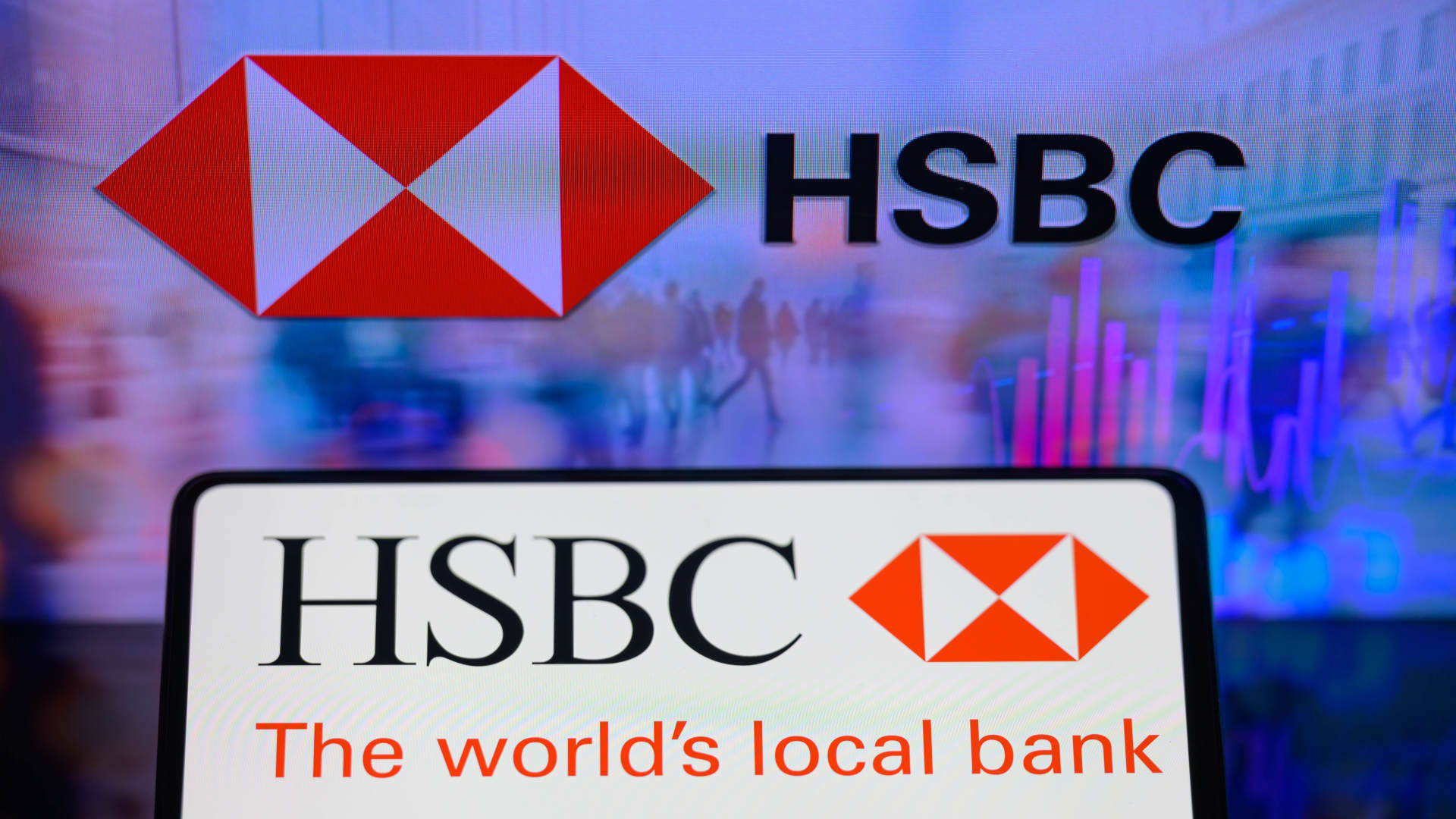Two days after the University of Denver men’s hockey team made history, the City Council enshrined portions of the University Park neighborhood that was built around that school as the city’s latest historic district.
In this case, university leadership was less thrilled. The administration sent a letter to the city opposing the establishment of the historic district, which contains the Buchtel Bungalow. The university owns that home, located at 2100 S. Columbine St. It was built for former DU Chancellor and Colorado Gov. Henry Buchtel in 1906, according to city documents.
Now it’s a legally protected part of Denver’s history even if DU students are unlikely to celebrate it in the same raucous fashion in which they marked the hockey team’s 10th national title on Saturday.
The University Park Historic District became the 60th such district in the city’s portfolio of legally protected landmarks and historic areas Monday night with unanimous City Council support.
Councilman Paul Kashmann sponsored the designation in partnership with neighborhood residents who began working on the effort in 2019. Kashmann’s District 6 includes DU and the University Park neighborhood located on the east side of University Boulevard.
“I’ve watched the community evolve and while it’s a stunning place to live right now, as has been said, they’ve lost tons of beautiful, historic homes over the years,” Kashmann said at Monday’s meeting, “I don’t believe in encasing the city in amber but I do firmly believe in the importance of honoring our past.”
The historic district is unique in that not all the properties are near each other. It mimics the Downtown Denver Historic District as a “non-contiguous thematic district,” city officials said.
It is made up of 14 historic homes, two observatories located in the city’s Observatory Park and the University Park United Methodist Church at 2180 S. University Blvd.
As Kara Hahn, the city’s landmark planning and regulatory supervisor, explained Monday, the spread-out nature of the district is largely because of the way the area developed in a piecemeal fashion around the school.
When DU moved from downtown to the plains south of the city around the turn of the 19th century, the school was in financial trouble, so it used land and free housing to attract faculty and staff, Hahn explained in her presentation.
That includes land like the parcels given to Henry Buchtel on which he built his bungalow, one of the earliest iterations of that style of home that would become commonplace across Denver later in the 20th century.
The uniting characteristics of the district include ties to DU, ties to strong progressive women, ties to the Methodist church and progressive architectural styles for the time frame.
Originally, neighborhood proponents identified 43 buildings that could have been included in the district. Rosemary Stoffel, who led the preservation charge on behalf of the University Park Community Council, the area’s registered neighborhood organization, said she expects other property owners to join later.
“Together these properties tell the story of University Park as a college town within a city,” Stoffel said at Monday’s hearing.
The university, in its letter of opposition, cited concerns about how being part of a historic district could complicate modifying or selling the Buchtel Bungalow in the future. As a landmark structure, the university and any future owners will now need to seek city approval before making any changes to the exterior of the home.
No one from the university spoke at Monday’s hearing.
“I think (DU) missed an opportunity to make a great neighborhood statement,” Kashmann said before the final vote was tallied. “That said, I think the university over the years has made many neighborhood statements so I’m glad to forgive them this one.”
Stay up-to-date with Colorado Politics by signing up for our weekly newsletter, The Spot.







